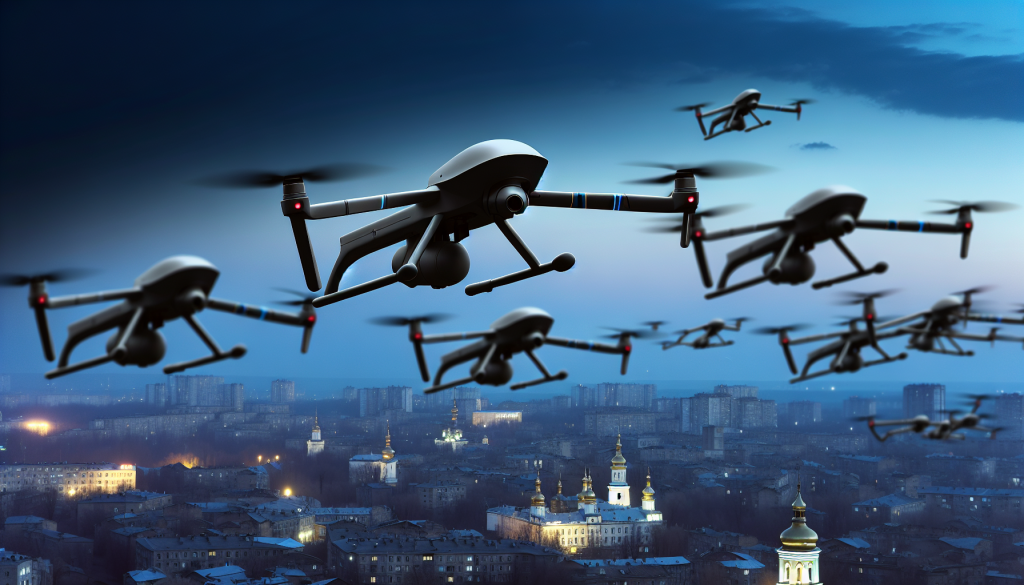On the Kharkiv front, an innovative approach to aerial warfare is unfolding as Ukrainian units deploy interceptor drones to counter Russian reconnaissance and targeting aircraft. This initiative, carried out by the 3rd Separate Assault Brigade (3rd SAB), incorporates a blend of technology and tactical versatility, utilizing two primary types of drones: FPV drones and “wings.” The latter are foam drones reinforced with tape, designed specifically for strength in combat situations.
With the callsign Alex, an interceptor-crew pilot, provides a firsthand account of the operation’s organization:
“We are on the Kharkiv direction. We do what it takes to close the sky. Specifically, our crew, our platoon, works on intercepting enemy reconnaissance drones of various types.”
Types of Drones and How They Work
In the field, the 3rd SAB employs two main types of drones to perform interception duties effectively. The first type, the “wing,” consists of a plane-shaped fuselage crafted from foam. This design allows for transport in disassembled form; once on-site, the unit assembles and reinforces it for combat use. Alex elaborates on the assembly process:
“After assembly, we bind it, calibrate. Then we mount it on the catapult, and it already has a combat sortie.”
The second type, FPV drones, serves as an efficient and cost-effective tool for neutralizing enemy UAVs. According to Alex, these drones, which he refers to as a “tenner,” are relatively affordable:
“This is an FPV drone – a ‘tenner’… It’s a daytime drone, its cost is around 40 thousand hryvnias, and it knocks targets down – cheap.”
The integration of interceptor drones with radar systems enhances their operational capabilities. The crew remains alert and ready for any target confirmation. Alex describes the intricate process of target acquisition and engagement:
“Target search for the enemy drone occurs in several stages. The first stage is when we are on the ground; the radar detects it. We determine the location where it is. If it is in our area of responsibility, we fly there and enter that sector.”
After identifying a target, the crew focuses on visually locating and intercepting the enemy drone. Alex explains how the drones are utilized to engage and neutralize threats:
“If we succeed, we try to hit it – an explosion occurs, and small fragments from inside the bomb hit it: they make holes in it or rupture it with the blast wave.”
Patrol frequency varies based on enemy activity. Alex notes that the number of sorties can fluctuate dramatically:
“It depends on position, on how much the enemy uses reconnaissance. Sometimes five, six, or even ten sorties per night – depends on the day.”
Moreover, the Kharkiv direction has demonstrated the capability of wing drones to intercept various models of enemy UAVs, including the Iranian-manufactured “Shahed” drones. Alex highlights ongoing improvements to enhance their performance:
“We are now trying to improve this particular drone; we also have other ‘wings’ so they fly faster, and we could intercept Shaheds as well.”
From a broader perspective, the interceptor crew commander, known by the callsign “Chestnut,” emphasizes the pivotal role of drones in contemporary warfare:
“Drones are a very large part of this war.”
Chestnut elaborates on how the introduction of interceptor drones has changed enemy tactics and reconnaissance capabilities:
“Earlier it was more reconnaissance. They flew there, filmed everything, looked at all positions where there could be warehouses, something like that. Now it is more about adjustment.”

